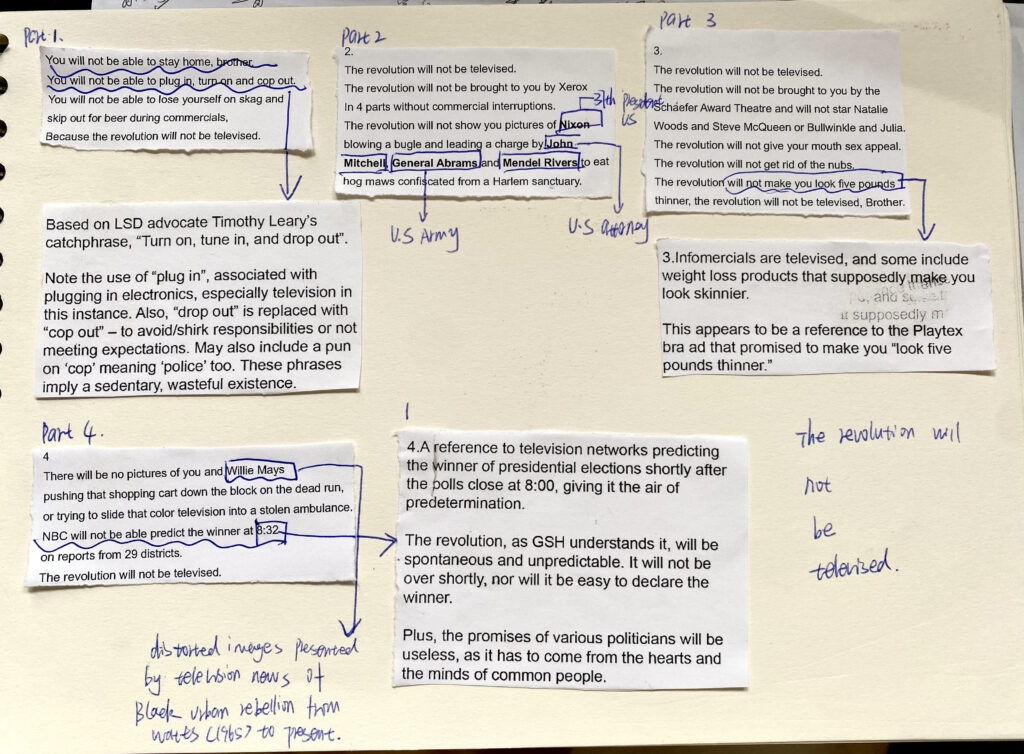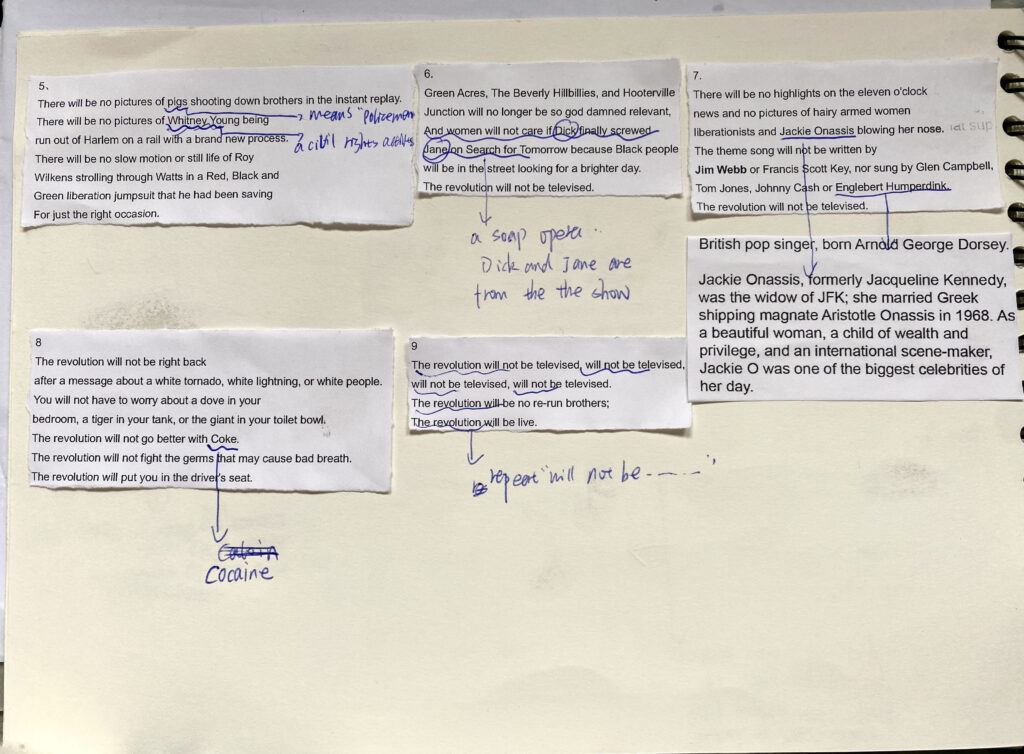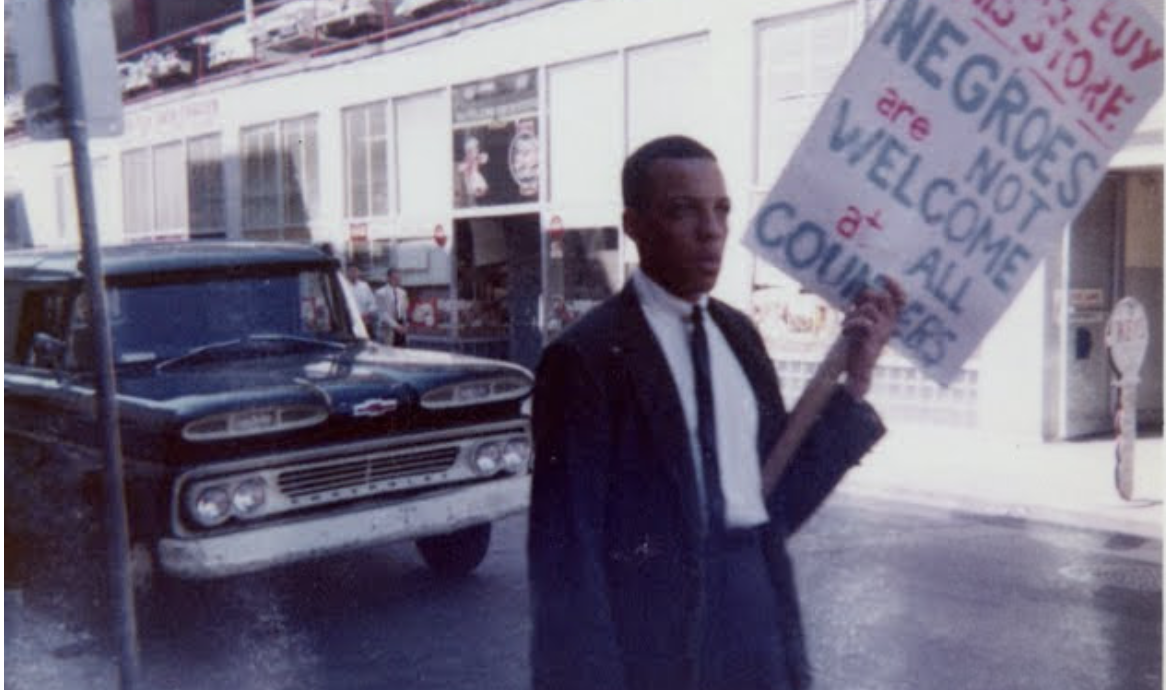
Project 2 poem-research and sketch
projectThe Revolution Will Not Be Televised
Introduction:
The poem's background is the 1960s that was a period of mass upheaval in modern history. In a post-war society, people were coming to grips with changes in feminist thought and racial thought, and the Civil Rights movement was taking root. Furthermore, mass media began entering the homes of citizens like never before. Gil-Scot Heron’s poem opens with a warning against mindlessly ingesting this media like a drug. Those expecting to be able to turn off or switch the channel on this ‘revolution’ won’t be able to.
Consider the influence of television, even in the digital age. Consider the power that networks like Fox and CNN continue to wield over that nebulous thing called public opinion; the continued dominance of NBC and CBS. These giants don’t really inform so much as sell packaged ideological content paid for and approved by corporate sponsors. There’s really no need to update poet and musician Gil Scott-Heron’s radical, 1971 classic “The Revolution Will Not Be Televised,” unless we wanted to change the names. His voice still speaks directly to the moment we live in.
We exist on a continuum of conditions that have worsened since the late 1960s—despite promises and appearances to the contrary—until they have become intolerable. Scott-Heron wrote and sang about those conditions since his fiery 1970 debut.
Research:background about this poem
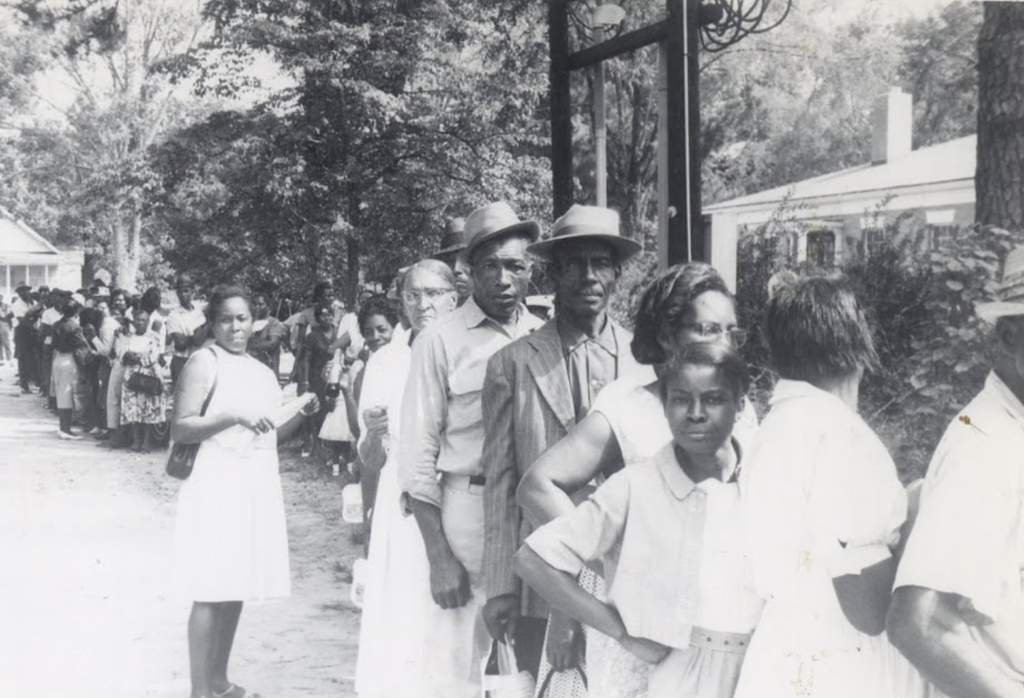
Ronnie Moore
The 15th Amendment to the Constitution granted African American men the right to vote by declaring that the “right of citizens of the United Statesto vote shall not be denied or abridged by the United States or by any state on account of race, color, or previous condition of servitude.” Although ratified on February 3, 1870, the promise of the 15th Amendment would not be fully realized for almost a century. Through the use of poll taxes, literacy tests, and other means, Southern states were able to effectively disenfranchise African Americans, but numerous civil rights organizations initiated voter registration campaigns throughout the South. It would take the passage of the Voting Rights Act of 1965 before the majority of African Americans in the South were registered to vote. The photograph displayed here illustrated voter registration campaigns throughout the south.
reference from:https://artsandculture.google.com/asset/_/OAEvWIrp17CUZw
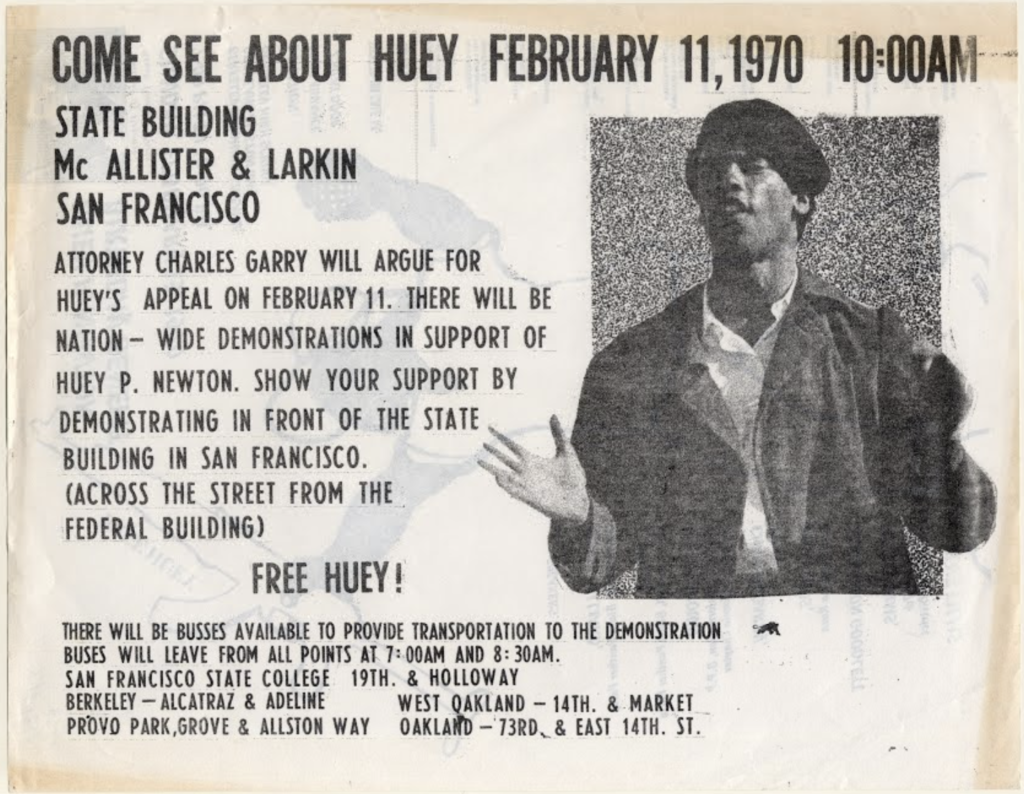
A flyer produced to organize a demonstration in support of Huey Newton in San Francisco. The verso advertises a birthday benefit for Newton in Berkeley and is illustrated with a reproduction of an Emory Douglass drawing. The speakers included David Hilliard, Elaine Brown, Charles Garry, Oscar Rios, and Ron Dellums.
reference from:https://artsandculture.google.com/asset/_/YAFnPJkd3lzLZw
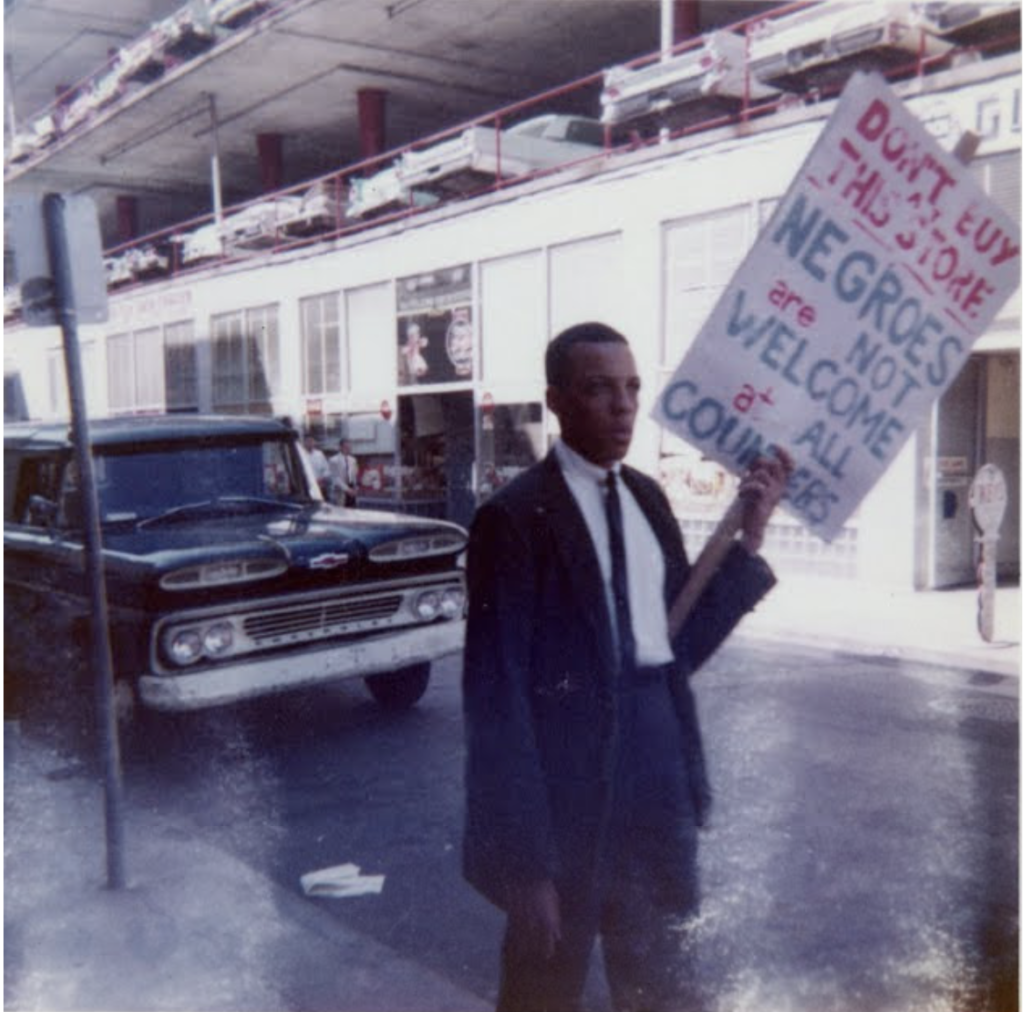
Connie Harse
In April 1961, the New Orleans branch of the Congress of Racial Equality (CORE) conducted protests against lunch counter segregation at businesses in New Orleans. This photograph of Dave Dennis was taken by CORE member Connie (Bradford) Harse during demonstrations in front of Woolworth's and McCory's on Canal Street.
reference from:https://artsandculture.google.com/asset/_/_AGhADl4IvdmOA
Second research:
After understanding the background of poetry, I will have a deep understanding of each part of poetry. Each part has a different implied meaning in poetry. Knowing the poems of each part can help me with my next design.
